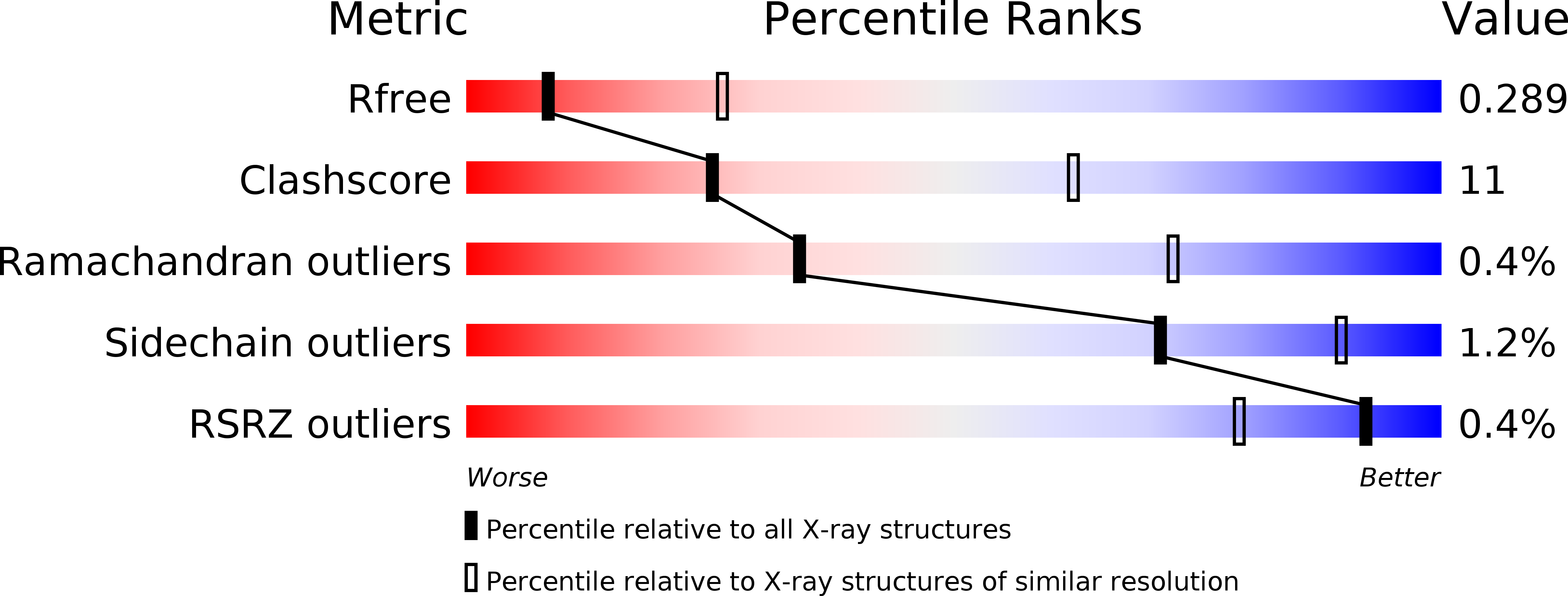
Deposition Date
2014-06-10
Release Date
2015-03-18
Last Version Date
2024-03-20
Method Details:
Experimental Method:
Resolution:
3.00 Å
R-Value Free:
0.28
R-Value Work:
0.22
R-Value Observed:
0.23
Space Group:
P 21 21 21


